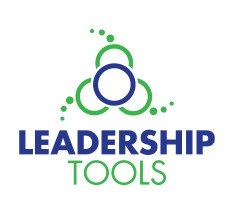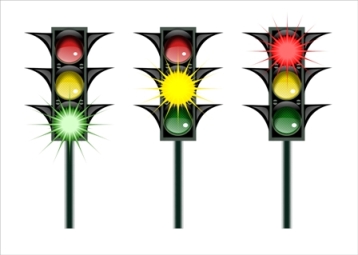Team-Tools
Get your team back on track, moving forward and/or building trust. Team-tools include ice breakers, assessments, and other practical activities.


Donna Rae Scheffert, author, is a retired Leadership Development Specialist from the University of Minnesota Extension. She spent over 20 years creating leadership information, tools and training. She is the owner of Leadership Tools consulting firm.
What goes into good teamwork?
“Teamwork doesn't happen automatically, and it doesn't result just from the exhortation of a single leader. It results from members paying attention to how they are working together, identifying issues that block teamwork and working them through, and consciously developing patterns of working together that all members find challenging and satisfying.” Peter Vaill
What makes a successful team?
Key Aspects of Teams
• Member Satisfaction – how satisfied am I about our team?
• Task Accomplishment – how is our team doing accomplishing tasks?
• Team/Group Maintenance – to what extent are we sustaining the team?
Team Member(s) Self-Diagnosis Tool
Use these codes to decide if more attention is necessary for teambuilding.

Green Light – Go Head
Gold Light – Caution
Red Light – Stop/Trouble
What people may say about their team:
Member Satisfaction
Green Light- I am highly satisfied with our team. Move ahead without explicit attention to the team.
Gold Light- I have some concerns about our team. Proceed with caution and make plans to improve those aspects of the team that are currently “dissatisfiers”.
Red Light- I am very dissatisfied with our team. Reduce activities and focus on improving the team.
Task Accomplishment
Green Light- We are accomplishing a great deal on our team. Move ahead without attention to teambuilding.
Gold Light- I have some concerns about what we are accomplishing as a team. Proceed with caution and make plans to improve those aspects of the team that are barriers and or add needed supports for greater task accomplishment.
Red Light- I am very concerned about our team task accomplishment. Reduce activities and focus on improving the team.
Team/Group Maintenance
Green Light- I am confident that we are connecting well as a team. Move ahead without explicit attention to the team.
Gold Light- I have some worries that our team is disintegrating. Proceed with caution and make plans to improve those aspects of the team that are currently “dissatisfiers”.
Red Light - Our team is falling apart (distrust, disrespect, hidden agenda’s etc.). Reduce activities and convene the team with an external facilitator (mediator, consultant, team coach). Develop ground rules and/or rules of engagement, and follow them.
What do your do when your team is a coalition or partnership?

CHARACTERISTICS OF COLLABORATIVE ORGANIZATIONS
Following are working definitions of various types of group processes.
ADVISORY COMMITTEES generally respond to organizations or programs by providing suggestions and technical assistance.
COMMISSIONS usually consist of citizens appointed by official bodies.
CONSORTIA AND ALLIANCES tend to be semi-official, membership
organizations. They typically have broad policy-oriented goals and may span large geographic areas.They usually consist of organizations and coalitions as opposed to individuals.
NETWORKS are generally loose-knit groups formed primarily for the
purpose of resource and information sharing.
TASK FORCES most often come together to accomplish a specific series of activities, often at the request of an overseeing body.
Source: Prevention Institute

Leadership Tools
Trustworthy Source of Team-Tools, Facilitation, Training, Executive Coaching and Strategic Planning
Donna Rae Scheffert
leadershiptools@charter.net
809 Mayflower Ct.
Northfield, MN 55057
Let me assist you and your organization. Call me at 612.360.4484
